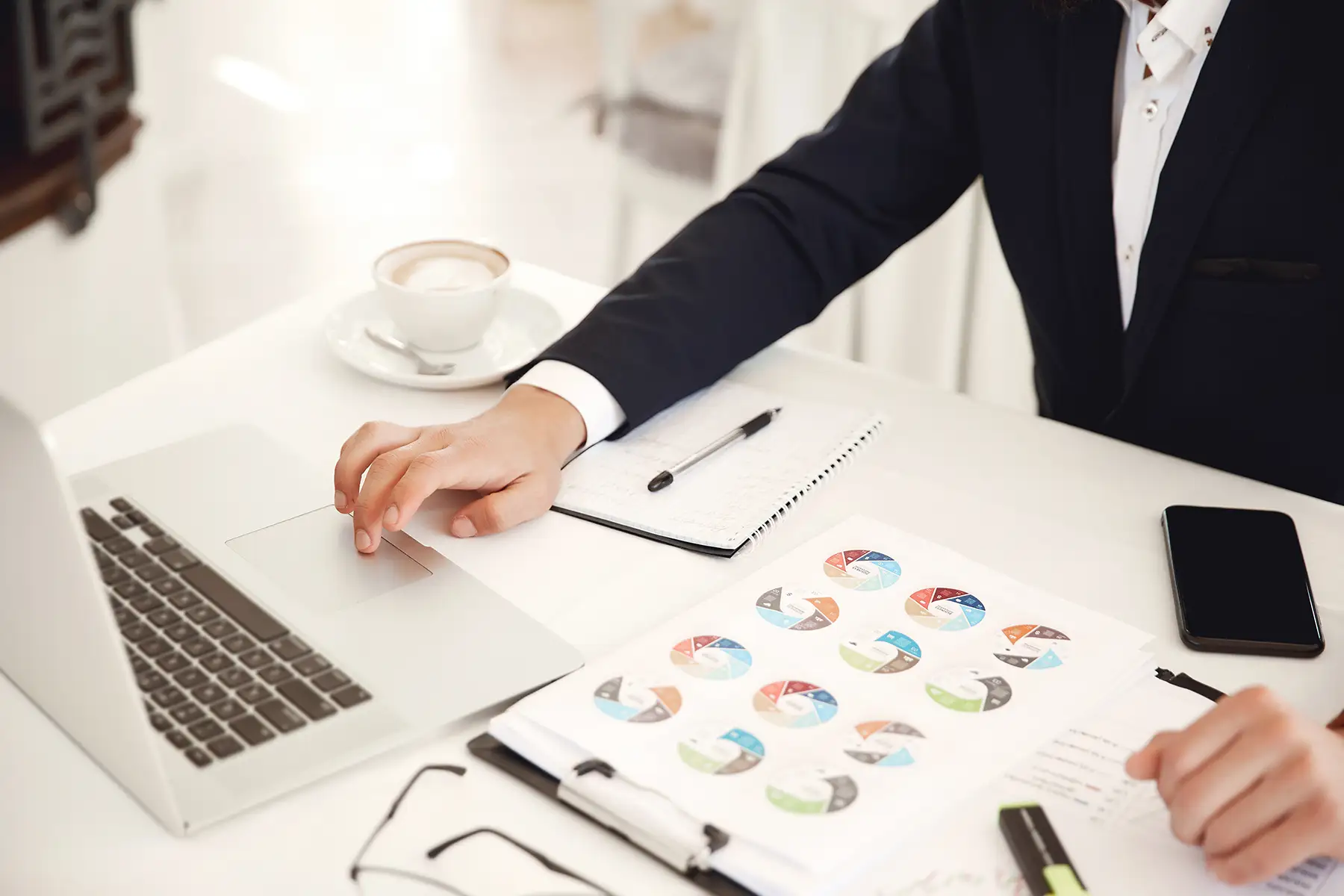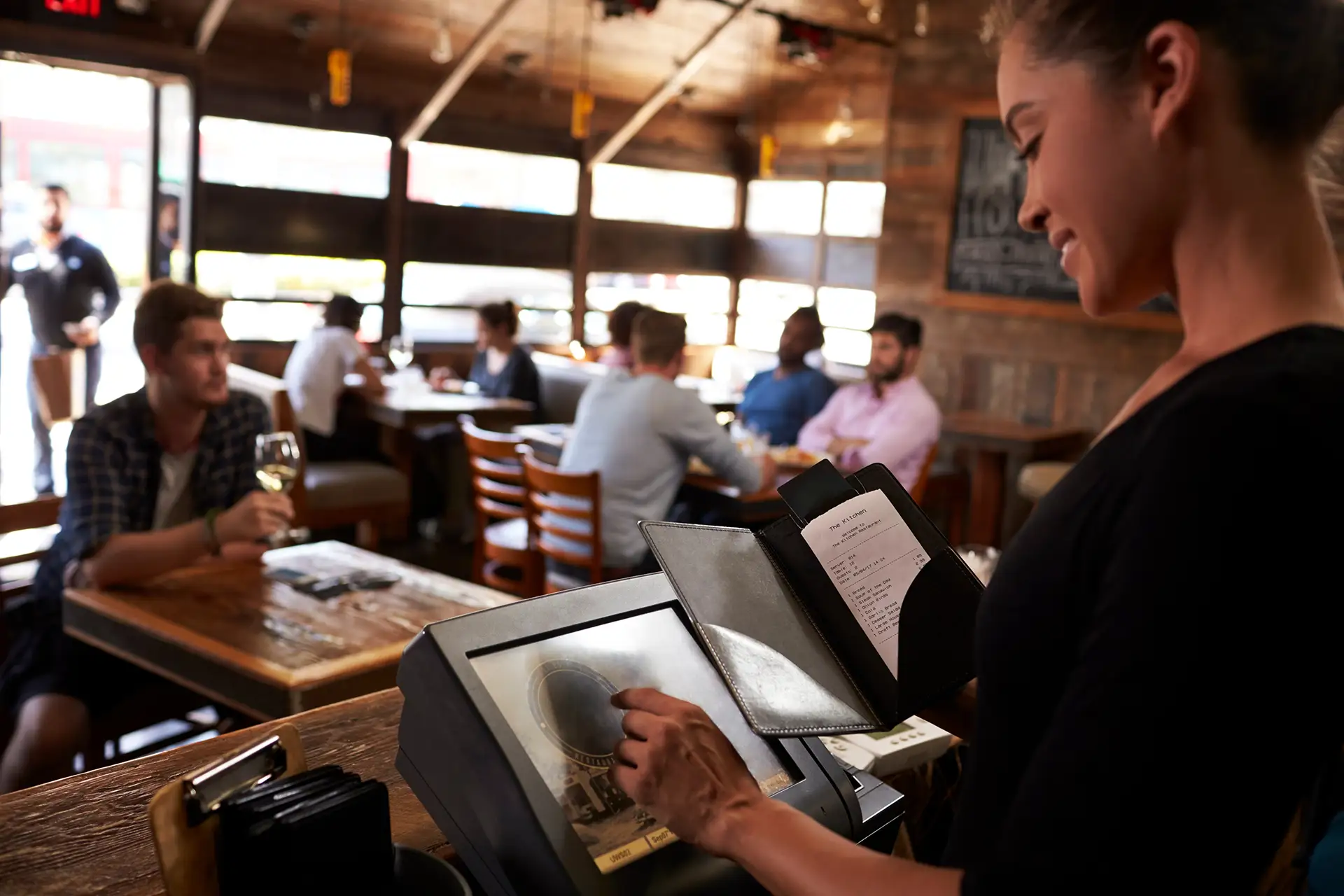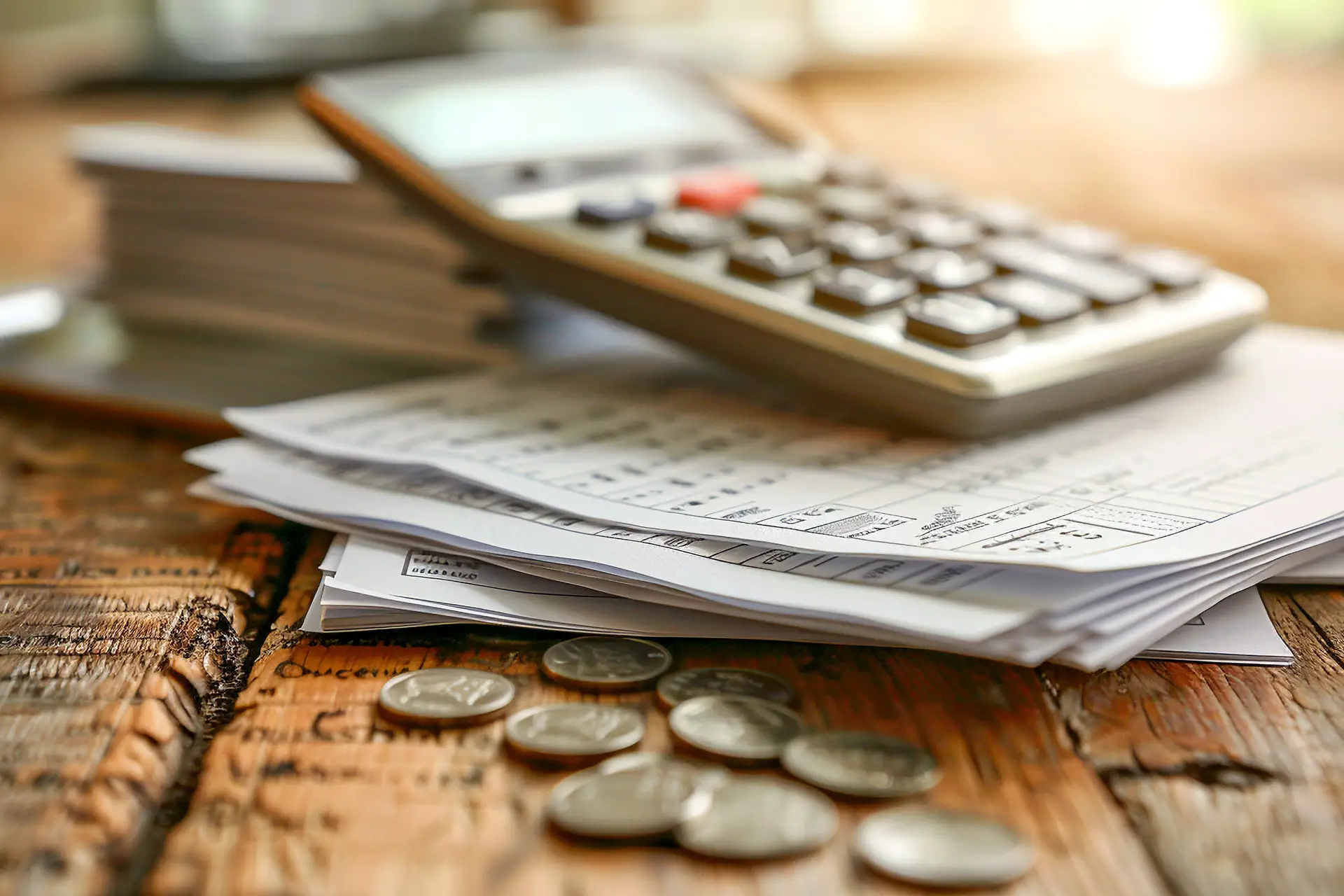In the restaurant business, the Chief Financial Officer (CFO) is responsible for managing the financial aspects of the restaurant, from financial reporting and projections to compliance and overseeing finance team members, with many functions in between. The CFO role is a critical one—however, the cost of hiring a full-time in-house CFO is significant, especially for small and medium-sized businesses. For many restaurants, outsourced CFO services provide a much more practical and flexible solution to financial management. Below are five benefits of outsourcing your restaurant’s Chief Financial Officer functions.
Cost Savings
One factor a restaurant owner must consider when deciding whether to outsource CFO functions to an accounting firm is the real cost of hiring a new full-time employee. In addition to an employee’s salary, the business also bears the costs of recruitment, training, office space, medical benefits, FICA taxes, and payments into a pension fund. New hires also require time to adjust to the role, learn the ropes, and reach full productivity. Outsourcing eliminates many of the costs associated with in-house hires. Additionally, outsourcing allows businesses to pay only for the services they need rather than paying an employee for full-time work.
Expertise and Accuracy
Besides cost savings, access to expertise is the most significant advantage of outsourced accounting. Accounting firms are equipped with seasoned professionals well-versed in financial management best practices and the latest regulatory changes. Outsourced accountants can provide you with advice on financial decision-making and ensure compliance with legal requirements, minimizing the risk of costly errors and penalties. They can also help you identify ways to operate more efficiently and cost-effectively. Services an outsourced accountant can provide include but aren’t limited to: strategic tax and financial planning, cash flow management, budgeting, forecasting, financial reporting, cost control, and guidance on maximizing profitability.
Continuity of Service
CFOs who leave their positions can be difficult to replace. While in-house CFOs or accountants can resign, fall ill, or go on vacation, leaving your restaurant with operational gaps, accounting firms have staff available consistently to ensure uninterrupted service.
Access to the Latest Technology
Another advantage that comes with outsourcing is access to up-to-date accounting technology. Most accounting firms employ the latest accounting software and tools, facilitating efficient, accurate, and timely financial reporting. Since outsourced accountants typically come equipped with their own software and technology, the restaurant is also spared the cost of purchasing these (often expensive) programs itself.
Focus on Your Priorities
By delegating financial management tasks to outsourced accountants, restaurant owners can concentrate on their primary purpose of running their business. When working with experienced and reliable experts, business owners can also be assured that all financial and regulatory requirements are being met.
Thinking of Outsourcing?
RBT CPAs offers outsourced accounting and CFO services to restaurants in the Hudson Valley and beyond. Our experienced professionals understand the unique factors and challenges impacting the restaurant industry. Whether you are looking to outsource your restaurant’s accounting functions or seeking guidance related to tax, accounting, or audit matters, RBT CPAs is here to support you. Get in touch with our experts today to find out how we can be Remarkably Better Together.










